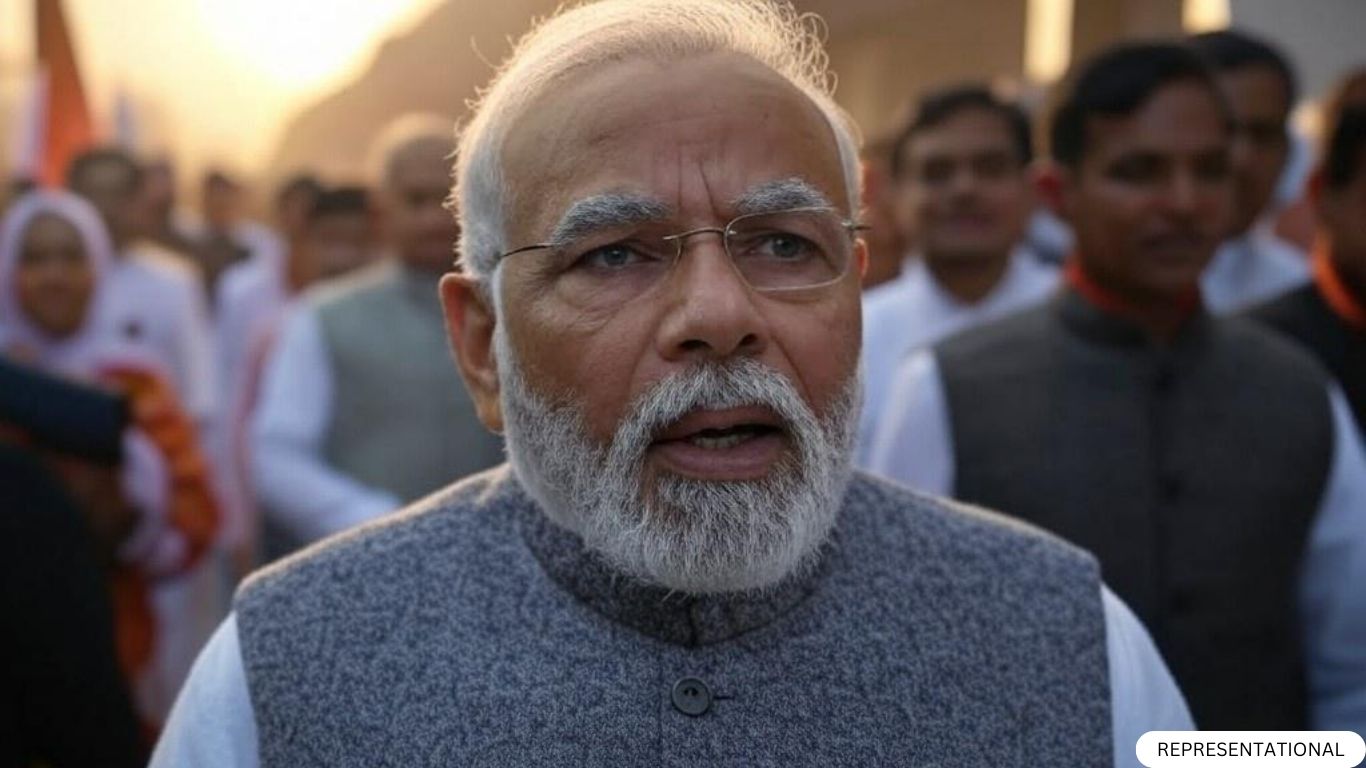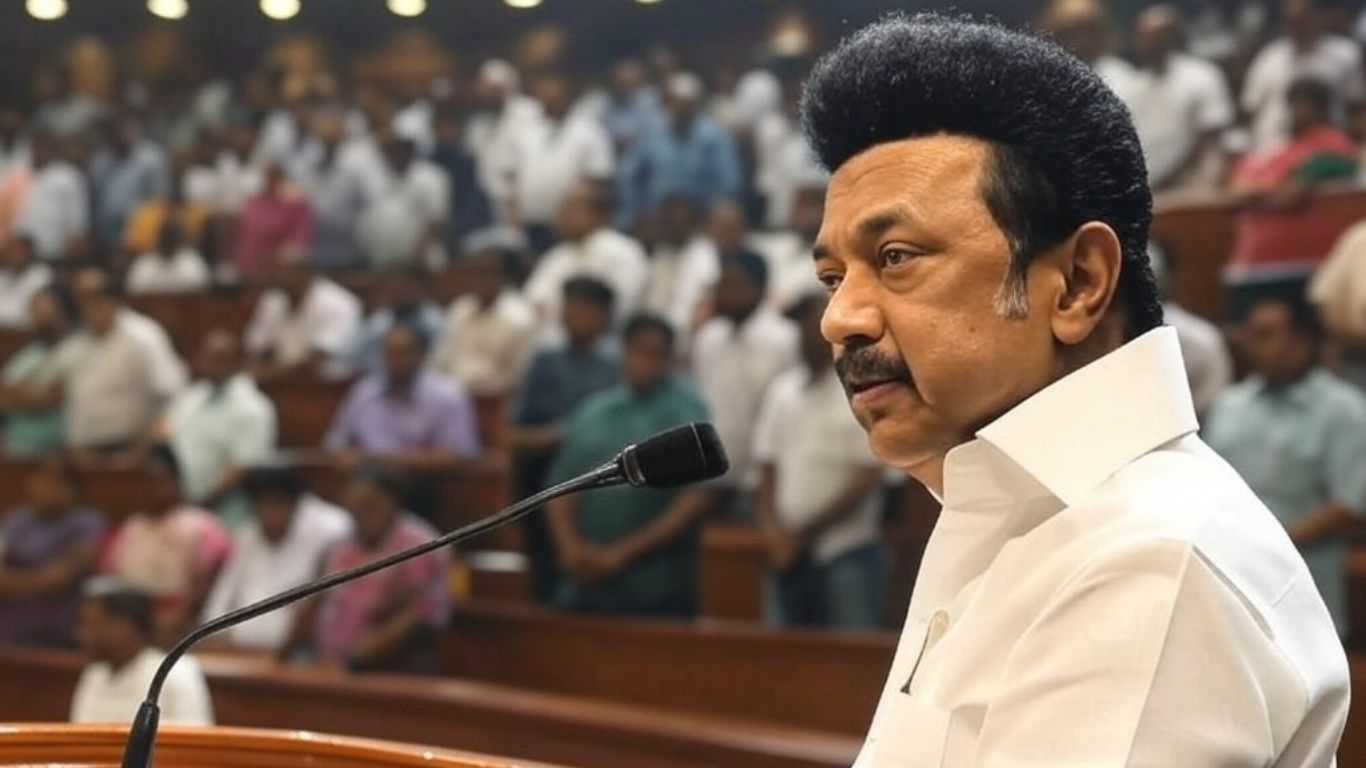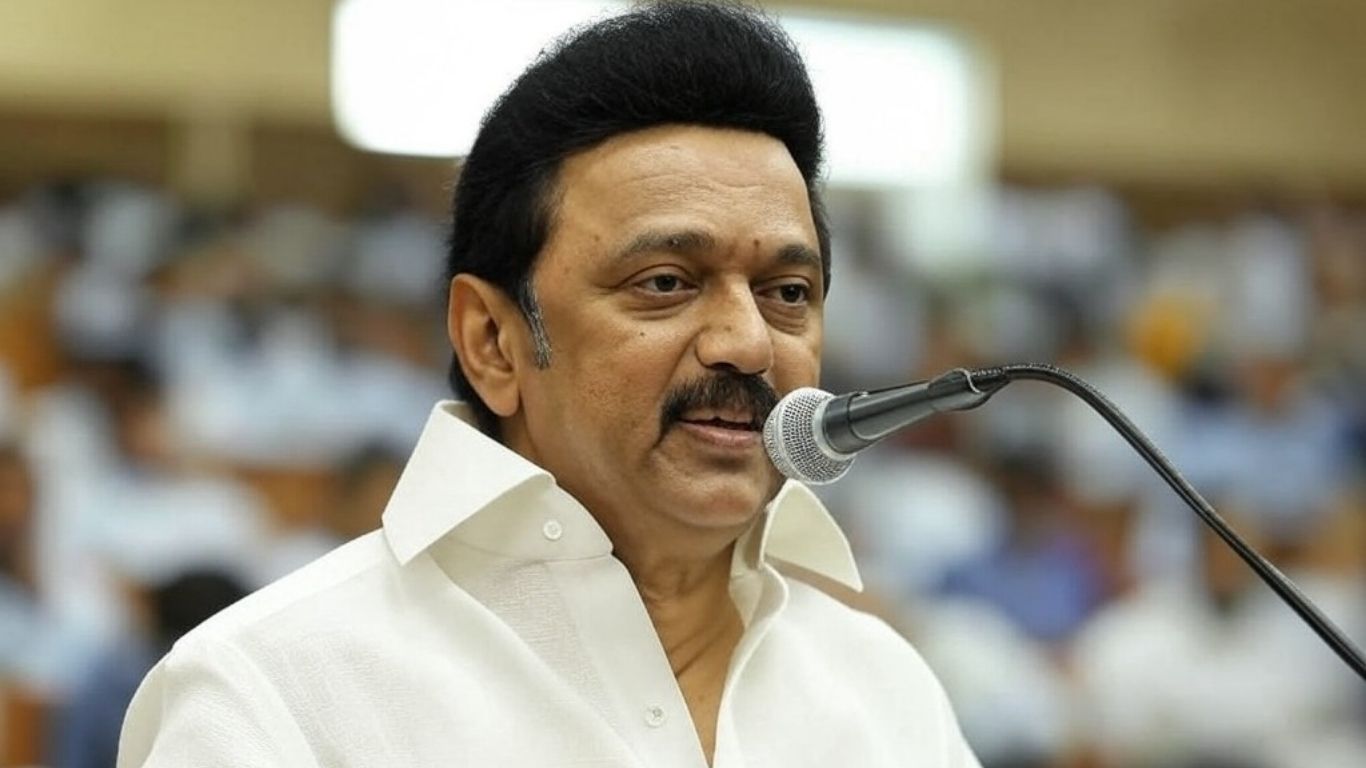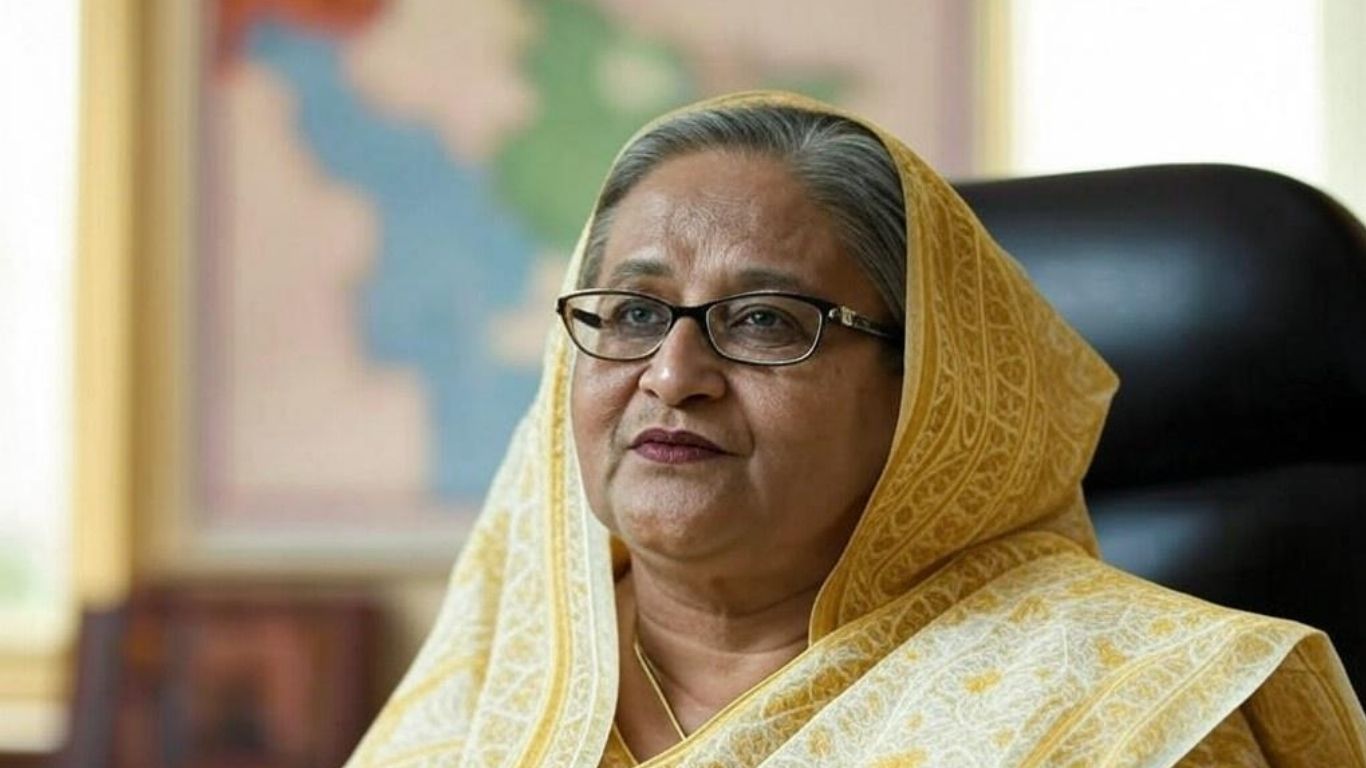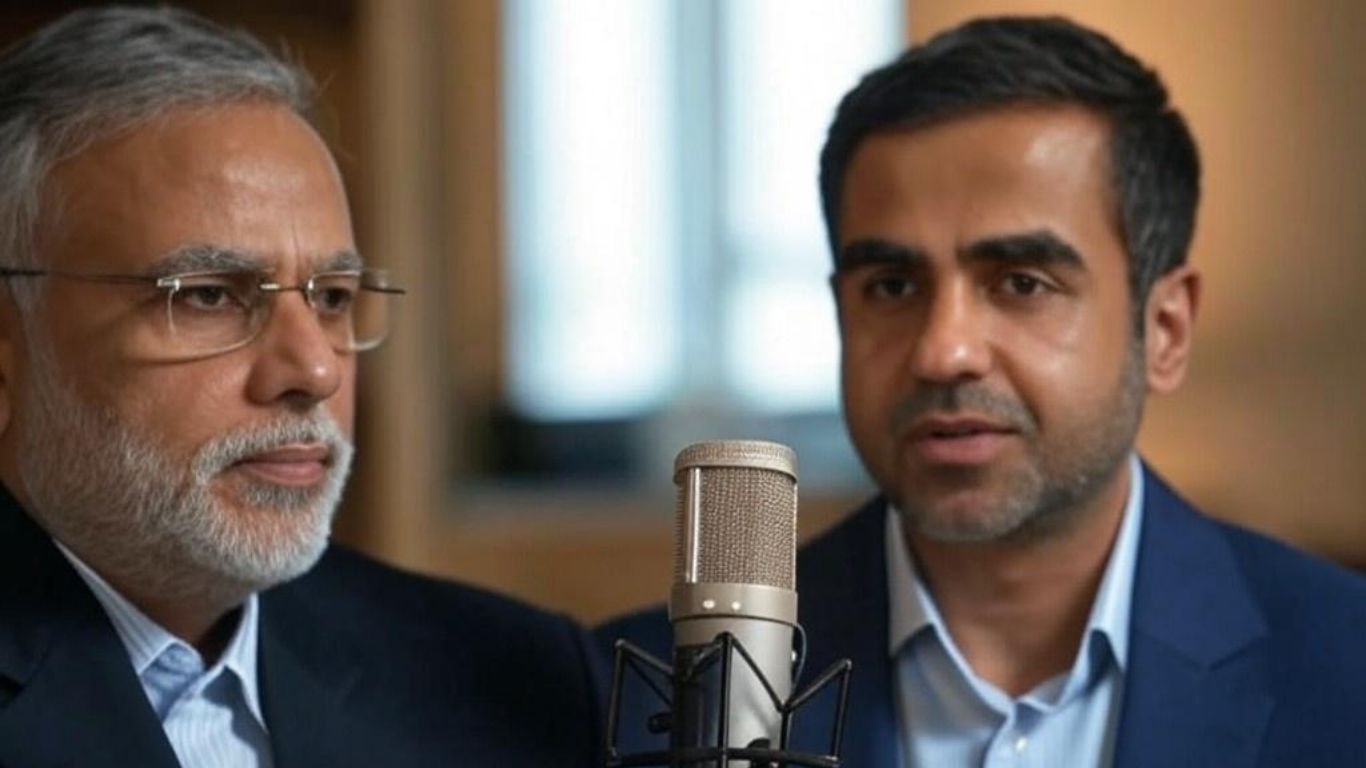Prime Minister Narendra Modi inaugurated a pivotal 13 km section of the Delhi-Ghaziabad-Meerut Namo Bharat Corridor on Sunday. The stretch, connecting Sahibabad to New Ashok Nagar, is a crucial step in revolutionizing connectivity within Delhi and the National Capital Region (NCR). Built at a cost of ₹4,600 crores, this state-of-the-art project is expected to enhance daily commutes, reduce travel times, and position Delhi as a model for modern urban transport.
The Namo Bharat Corridor: Key Highlights
A Game-Changer in Connectivity
The newly inaugurated section of the Delhi-Ghaziabad-Meerut Namo Bharat Corridor is part of a larger initiative aimed at integrating Delhi with surrounding regions.
- Project Cost: ₹4,600 crores
- Length: 13 km from Sahibabad to New Ashok Nagar
- Objective: To improve seamless connectivity and reduce congestion in the NCR
PM Modi’s Train Ride with School Children
Prime Minister Modi took a ride on the Namo Bharat train during the inauguration, interacting with school children onboard. The Bharatiya Janata Party (BJP) shared the moment on social media, highlighting the Prime Minister’s engagement with the younger generation. A post on X read:
“Delhi’s development gets new momentum… PM Modi inaugurated the 13 km long section of the Delhi-Ghaziabad-Meerut Namo Bharat Corridor. During this, he also traveled in the Namo Bharat train and interacted with children.”
Delhi BJP Praises Infrastructure Development
Focus on Delhi’s Growth
Delhi BJP president Virendra Sachdeva lauded PM Modi’s efforts during the Parivartan Rally. He emphasized the central government’s commitment to infrastructure projects in Delhi, such as:
- Rithala-Kundli Metro Extension
- Janakpuri-Krishna Park Metro Line
- Rapid Rail Corridor
Sachdeva highlighted the ₹12,200 crore investment in Delhi’s development, stating:
“If anyone can develop Delhi, it’s Narendra Modi.”
Impact on Mobility and Connectivity
The Namo Bharat Corridor is expected to significantly enhance daily commutes for thousands of residents, improving efficiency and mobility in one of the busiest regions of the country.
Delhi CM Atishi’s Take: A Milestone for Public Transport
Celebrating Public Transport Milestones
Delhi Chief Minister Atishi applauded the inauguration of the Namo Bharat Corridor, calling it a milestone for the city. She emphasized the importance of collaboration between the central and state governments in shaping Delhi’s public transport landscape.
Key Initiatives Highlighted
Atishi pointed to other transformative projects launched alongside the corridor:
- Krishna Park to Janakpuri West Metro Line
- Foundation Stone for Rithala-Kundli Metro Extension
In a post on X, she remarked:
“I am happy that through the joint venture of RRTS and Delhi Metro of the Central Government and the Delhi Government, Delhi is now emerging as a great model of public transport in front of the entire country and the world.”
Why the Namo Bharat Corridor Matters
Benefits for Delhi and the NCR
The corridor represents a leap forward in urban mobility, offering the following advantages:
- Reduced Travel Time: Faster commutes between Delhi, Ghaziabad, and Meerut.
- Enhanced Comfort: Modern, high-capacity trains designed for urban convenience.
- Economic Growth: Improved connectivity fosters business opportunities in the NCR.
A Step Towards Sustainable Urban Transport
The corridor is part of India’s broader push towards sustainable and efficient public transport systems, reducing reliance on private vehicles and lowering carbon emissions.
A Vision for the Future
The inauguration of the Delhi-Ghaziabad-Meerut Namo Bharat Corridor marks a significant milestone in India’s journey towards modern and integrated urban transport. With initiatives like this, coupled with collaboration between the central and state governments, Delhi is set to become a global model for public transport. As thousands of commuters gear up to benefit from this transformative project, it is clear that Delhi’s development has gained unprecedented momentum under PM Modi’s leadership.











